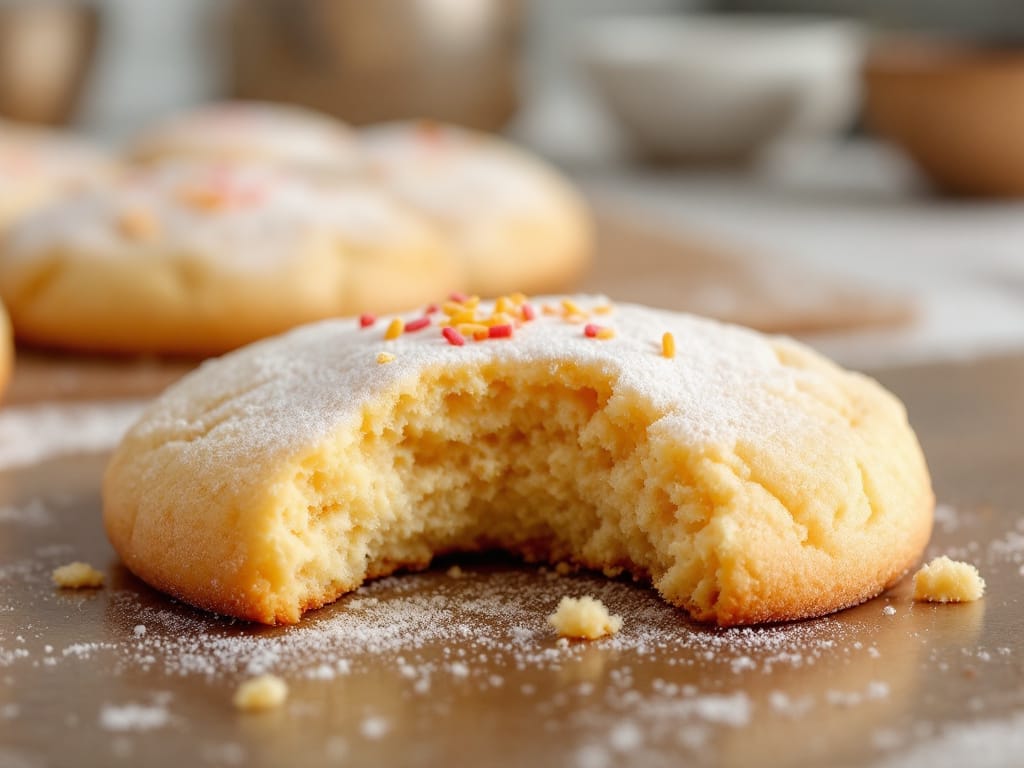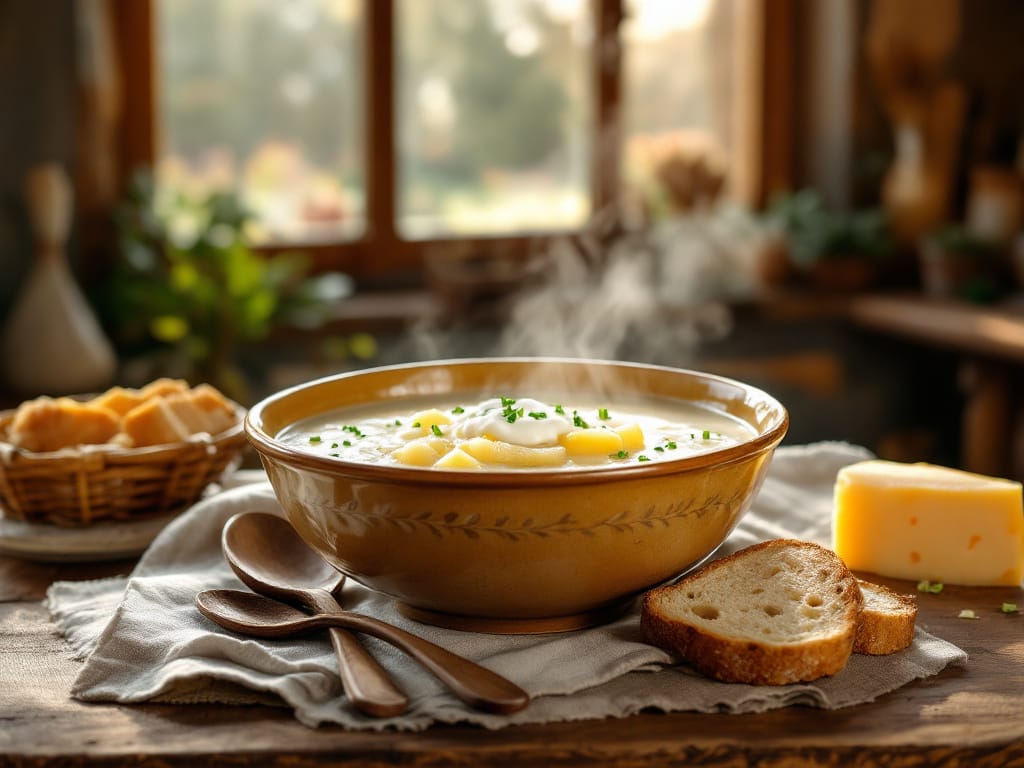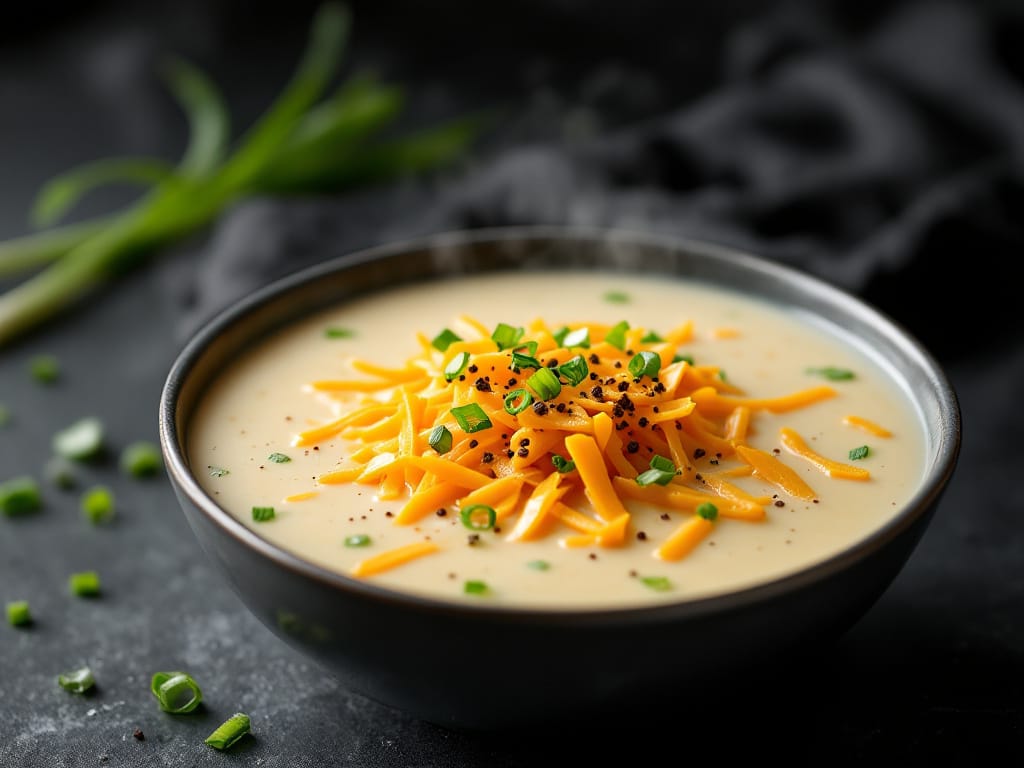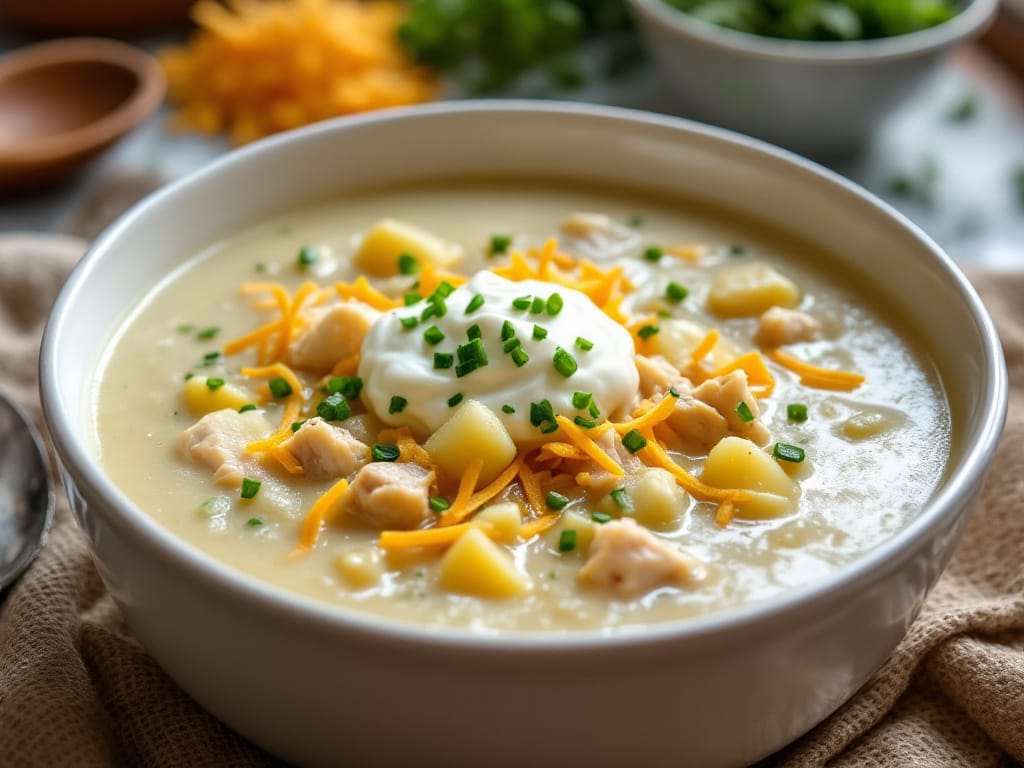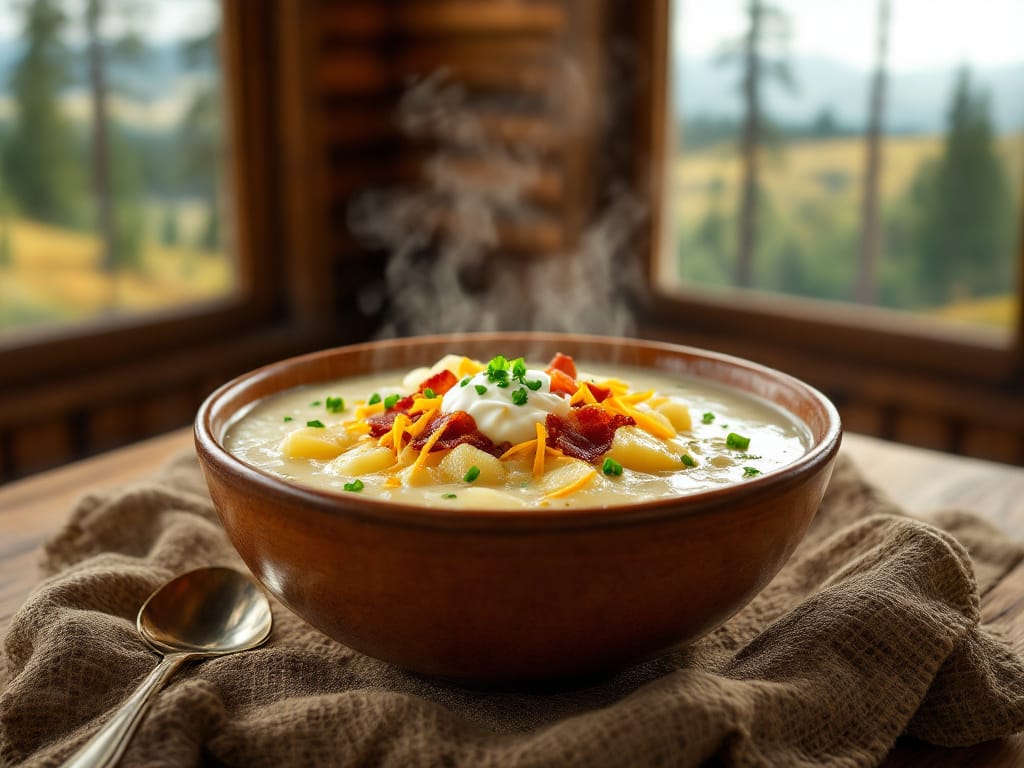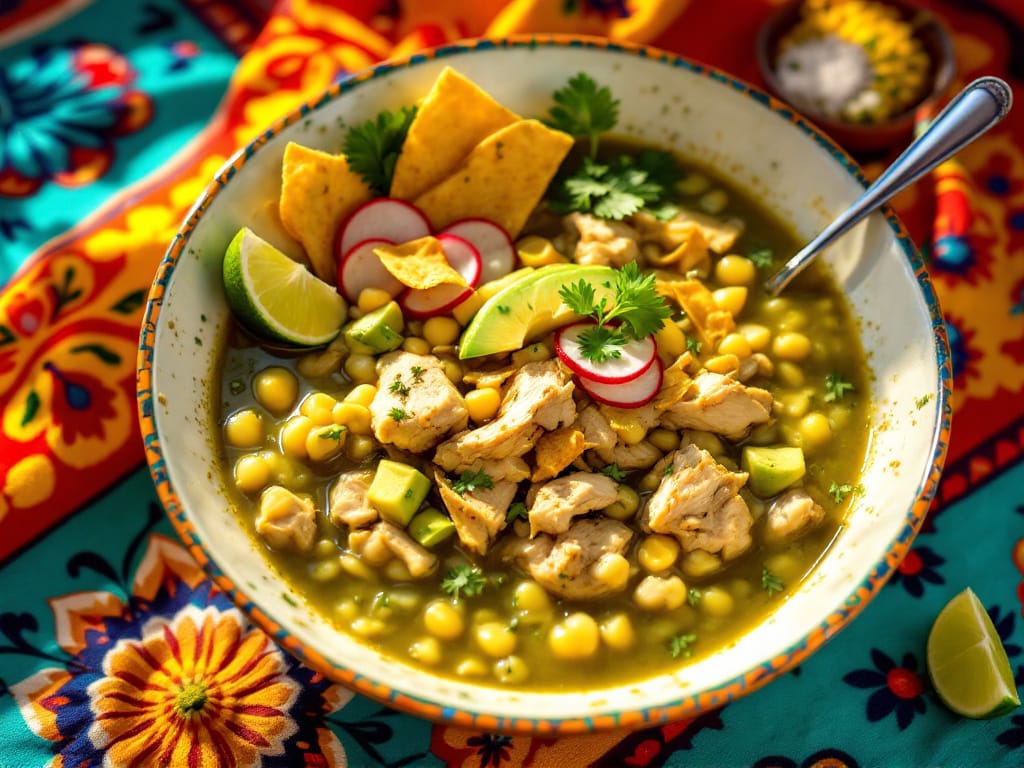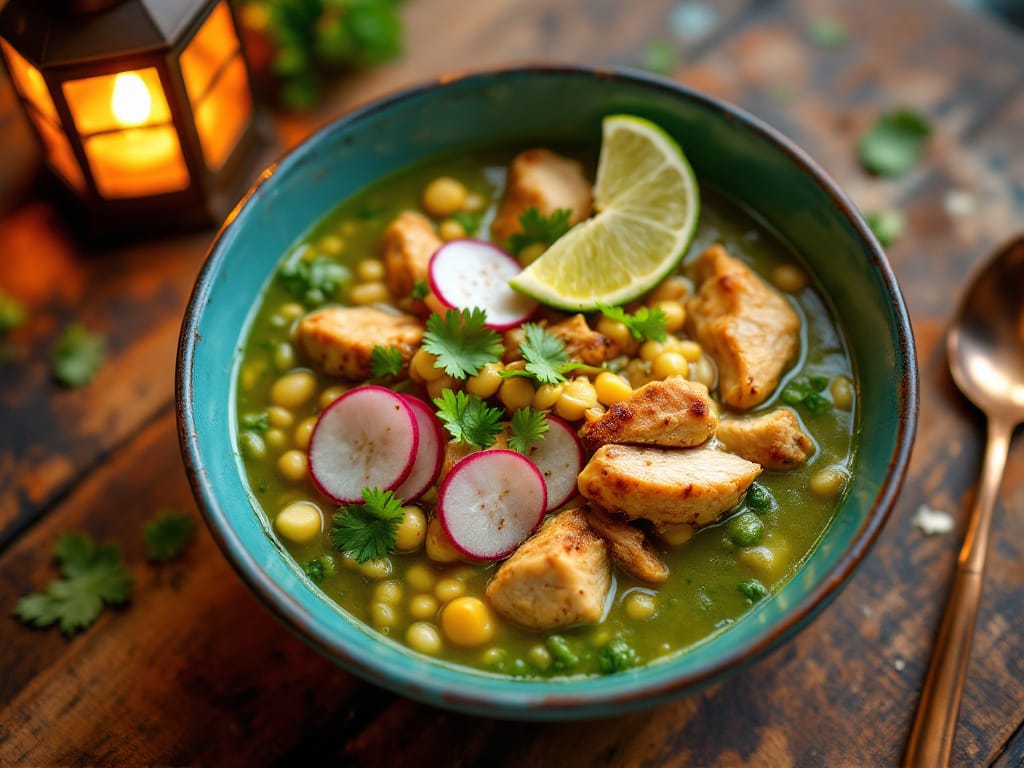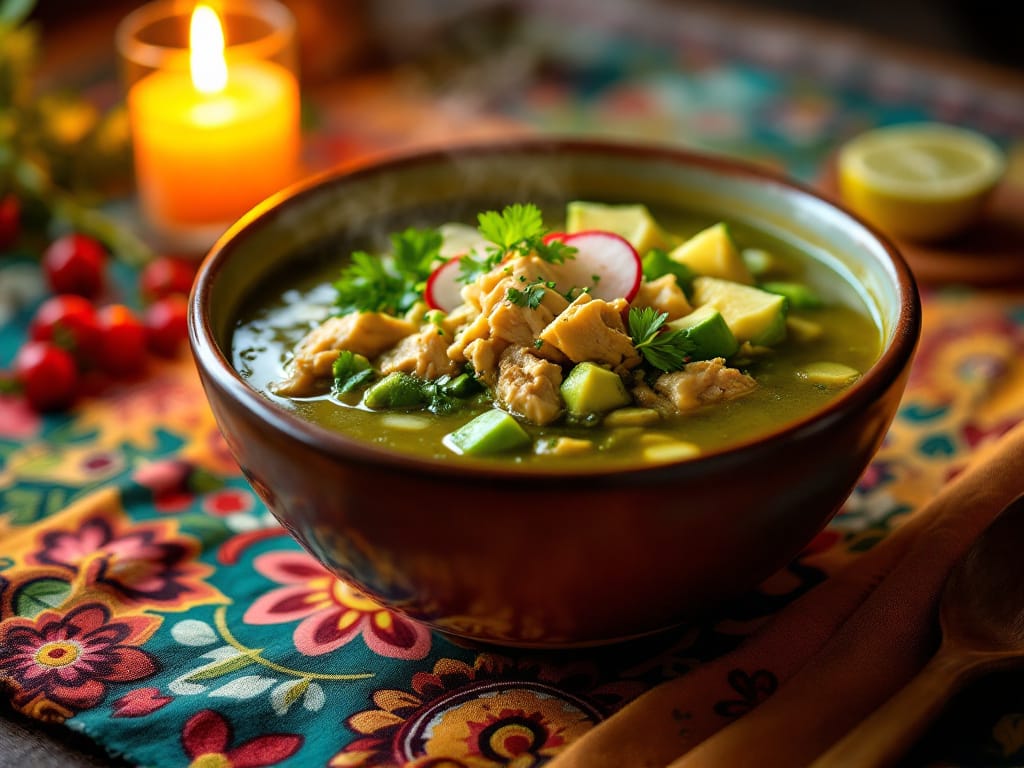The demand for gluten-free baking has grown significantly in recent years, driven by dietary needs and lifestyle choices. For individuals with celiac disease or gluten intolerance, consuming gluten-free baked goods is essential to maintaining their health. Meanwhile, others adopt a gluten-free diet for general wellness or as part of trending eating patterns. This shift has led many bakers to ask, can you substitute gluten-free flour for regular flour in sugar cookie, and how to do so without sacrificing taste or texture.
One of the most common challenges in gluten-free baking is replicating the texture and taste of classic treats like sugar cookies. The question often arises: Can you substitute gluten-free flour for regular flour in sugar cookie recipes? This article dives into the science behind the substitution, explains the challenges, and offers practical solutions to make this swap successfully.
What is Gluten-Free Flour?
Gluten-free flour is made from grains and other ingredients that lack gluten, such as rice, almonds, or tapioca. Unlike traditional wheat-based flour, gluten-free flour often requires a blend of different ingredients to achieve the right texture and functionality.
If you’re wondering about the best type of flour to use for gluten-free cookies, check out this guide on what is the best flour for gluten-free cookies, which breaks down top flour options and their unique benefits.
Common Types of Gluten-Free Flours
- Rice Flour: A staple in most gluten-free blends, known for its mild flavor.
- Almond Flour: Made from ground almonds, providing a rich, nutty taste and moist texture.
- Coconut Flour: Absorbs a lot of moisture and adds a hint of coconut flavor.
- Tapioca Starch: Adds elasticity and a chewy texture to baked goods.
- Chickpea Flour: Offers a dense, slightly nutty flavor, often used in savory recipes.
Characteristics of Gluten-Free Flour
- Absence of Gluten: Gluten is the protein responsible for elasticity in dough, so its absence can lead to crumbly or dry textures if not balanced properly.
- Higher Absorption Rate: Gluten-free flours tend to absorb more liquid, which may require adjustments to the recipe.
- Versatility: Gluten-free blends often combine multiple types of flours to mimic the properties of regular flour and achieve desired results in baking.
Understanding these characteristics is essential to ensure successful substitutions in recipes like sugar cookies.
The Science of Baking with Gluten-Free Flour
In traditional baking, gluten plays a critical role. It acts as the glue that holds dough together, providing elasticity, chewiness, and structure to baked goods. When you replace regular flour with gluten-free flour, these structural properties are lost, which directly impacts the texture and appearance of your cookies.
The Role of Gluten in Baking
- Binding: Gluten forms a strong network that traps air and helps dough rise.
- Elasticity: Provides flexibility, allowing dough to stretch without breaking.
- Texture: Gives cookies their soft and chewy interior.
What Happens Without Gluten?
When gluten is absent, the dough can become:
- Crumbly: Lacking the binding power of gluten, cookies may fall apart easily.
- Dry: Gluten-free flours absorb more liquid, potentially leading to drier baked goods.
- Flat or Misshapen: Without elasticity, cookies may spread too much or lose their structure.
Challenges of Substituting Gluten-Free Flour in Sugar Cookies
- Binding Issues: Gluten-free flours need a substitute for the structural properties of gluten. Ingredients like xanthan gum or guar gum are often added to provide this binding effect.
- Moisture Levels: Gluten-free flours absorb more liquid, so recipes may need additional liquids or fats to maintain a soft texture.
- Flavor Adjustments: Some gluten-free flours, like almond or chickpea, have distinct flavors that can alter the taste of sugar cookies.
To tackle these challenges, it’s essential to choose the right flour blend and make necessary modifications to the recipe.
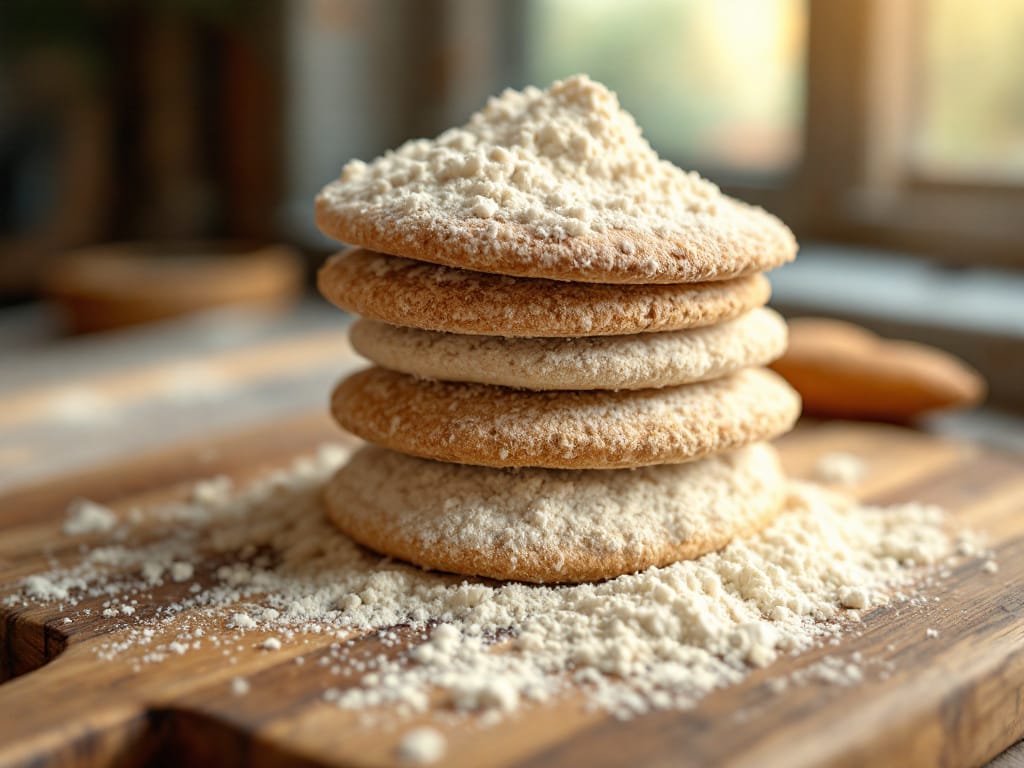
Can You Substitute Gluten-Free Flour for Regular Flour in Sugar Cookies?
The answer is yes, but it requires attention to detail and some modifications to achieve the best results. Unlike regular flour, gluten-free flour cannot always be substituted in a 1:1 ratio without adjustments to the recipe.
Factors to Consider Before Substitution
- Type of Recipe: Sugar cookies are simpler than other baked goods, which makes them a good candidate for substitution. Recipes that rely heavily on gluten, like bread or pastries, may be more challenging.
- Choice of Flour Blend: Using a high-quality 1:1 gluten-free flour blend is crucial. These blends are formulated to replicate the properties of regular flour, often including xanthan gum or similar ingredients for binding.
- Liquid Ratios: As mentioned earlier, gluten-free flours absorb more liquid. Adjusting the liquid or fat content helps maintain the desired dough consistency.
Importance of 1:1 Gluten-Free Flour Blends
A 1:1 gluten-free flour blend is a pre-mixed combination of gluten-free flours, starches, and binding agents. These blends are designed to mimic the structure, texture, and flavor of wheat flour. Popular options include:
- King Arthur Measure for Measure Gluten-Free Flour
- Bob’s Red Mill Gluten-Free 1-to-1 Baking Flour
These blends allow you to substitute gluten-free flour directly for regular flour in sugar cookie recipes without requiring additional modifications.
By choosing the right blend and making thoughtful adjustments, you can create gluten-free sugar cookies that are just as delicious and satisfying as their traditional counterparts.
For more details on how to create the perfect cookie texture, take a look at the gluten-free sugar cookie recipe, which shares tips on achieving a soft and chewy outcome.
Adjustments to Make When Substituting Gluten-Free Flour
When substituting gluten-free flour for regular flour in sugar cookies, some tweaks are necessary to maintain the texture, structure, and flavor of the cookies. Here are key adjustments to keep in mind:
Add a Binding Agent
Since gluten-free flours lack gluten, which acts as a natural binder, adding xanthan gum or guar gum is crucial. These ingredients provide elasticity and structure to the dough.
- Add 1 teaspoon of xanthan gum or guar gum per cup of gluten-free flour if your blend doesn’t already include it.
Adjust Liquid Ratios
Gluten-free flour tends to absorb more liquid, which can make the dough dry or crumbly.
- Add an extra tablespoon or two of liquid (milk, water, or oil) to maintain the right dough consistency.
- Monitor the dough as you mix—it should be moist but not sticky.
Measure Flour Accurately
Measuring gluten-free flour by weight ensures consistency and precision.
- Use a kitchen scale to weigh your flour (130 grams per cup).
- Avoid packing the flour into the measuring cup, as this can lead to using too much and result in dry cookies.
By following these adjustments, you’ll create sugar cookies with the right balance of texture and flavor, even without gluten.
Not sure why your gluten-free dough isn’t holding together? Learn more about what holds gluten-free cookies together and how to fix common issues.
Best Gluten-Free Flour Blends for Sugar Cookies
Choosing the right gluten-free flour blend is key to successful sugar cookies. Here are some top options and DIY recipes:
Recommended Store-Bought Blends
- King Arthur Measure for Measure Gluten-Free Flour
- Excellent for sugar cookies, with a balanced mix of rice flour, tapioca starch, and xanthan gum.
- Bob’s Red Mill Gluten-Free 1-to-1 Baking Flour
- Includes sweet rice flour, which helps create a chewy texture in cookies.
- Cup4Cup Gluten-Free Flour
- Known for its smooth texture and ability to mimic the taste of traditional cookies.
DIY Gluten-Free Flour Mix for Sugar Cookies
If you prefer a homemade blend, try this recipe:
- 2 cups rice flour
- 2/3 cup potato starch
- 1/3 cup tapioca starch
- 1 teaspoon xanthan gum
This blend ensures a smooth texture and neutral flavor, perfect for sugar cookies.
Testing and Perfecting Your Gluten-Free Sugar Cookies
Baking the perfect gluten-free sugar cookie requires some trial and error. Here’s how to ensure your cookies turn out as delicious as possible:
The Importance of Testing
Testing your recipe allows you to identify and resolve any issues, such as crumbly dough or cookies spreading too much. Start with small batches to fine-tune the recipe.
Evaluating Texture, Flavor, and Spread
When baking gluten-free sugar cookies, observe the following:
- Texture: The cookies should be soft but not crumbly. Adjust liquid or binding agents if they fall apart.
- Flavor: Gluten-free flours can have distinct tastes. Enhance flavor with vanilla extract or a pinch of salt.
- Spread: If the cookies spread too much, chill the dough for 30 minutes before baking.
Troubleshooting Common Issues
- Crumbly Cookies: Add an extra egg or more liquid to bind the dough.
- Lack of Flavor: Use high-quality vanilla extract or almond extract to enhance the taste.
- Flat Cookies: Ensure the dough is chilled, and avoid over-creaming the butter and sugar during mixing.
Testing and troubleshooting are essential steps to achieve sugar cookies that rival their traditional counterparts.

FAQs About Gluten-Free Flour in Baking Sugar Cookies
Can I use almond or coconut flour instead of regular flour in sugar cookies?
While almond and coconut flours are popular gluten-free options, they are not direct substitutes for regular flour. Both flours are highly absorbent and require adjustments to liquids and binding agents. For sugar cookies, a 1:1 gluten-free flour blend is more reliable.
Why are my gluten-free cookies crumbly?
Crumbly cookies result from a lack of binding. Add xanthan gum, guar gum, or an extra egg to provide structure. Ensuring the right balance of liquids also helps maintain a cohesive dough.
Is it necessary to chill gluten-free cookie dough?
Yes, chilling gluten-free dough prevents the cookies from spreading too much during baking. Refrigerate the dough for 30-60 minutes for the best results.
How do I store gluten-free sugar cookies to keep them fresh?
Store cookies in an airtight container at room temperature for up to 3 days. For longer storage, freeze them in an airtight bag or container for up to 3 months.

